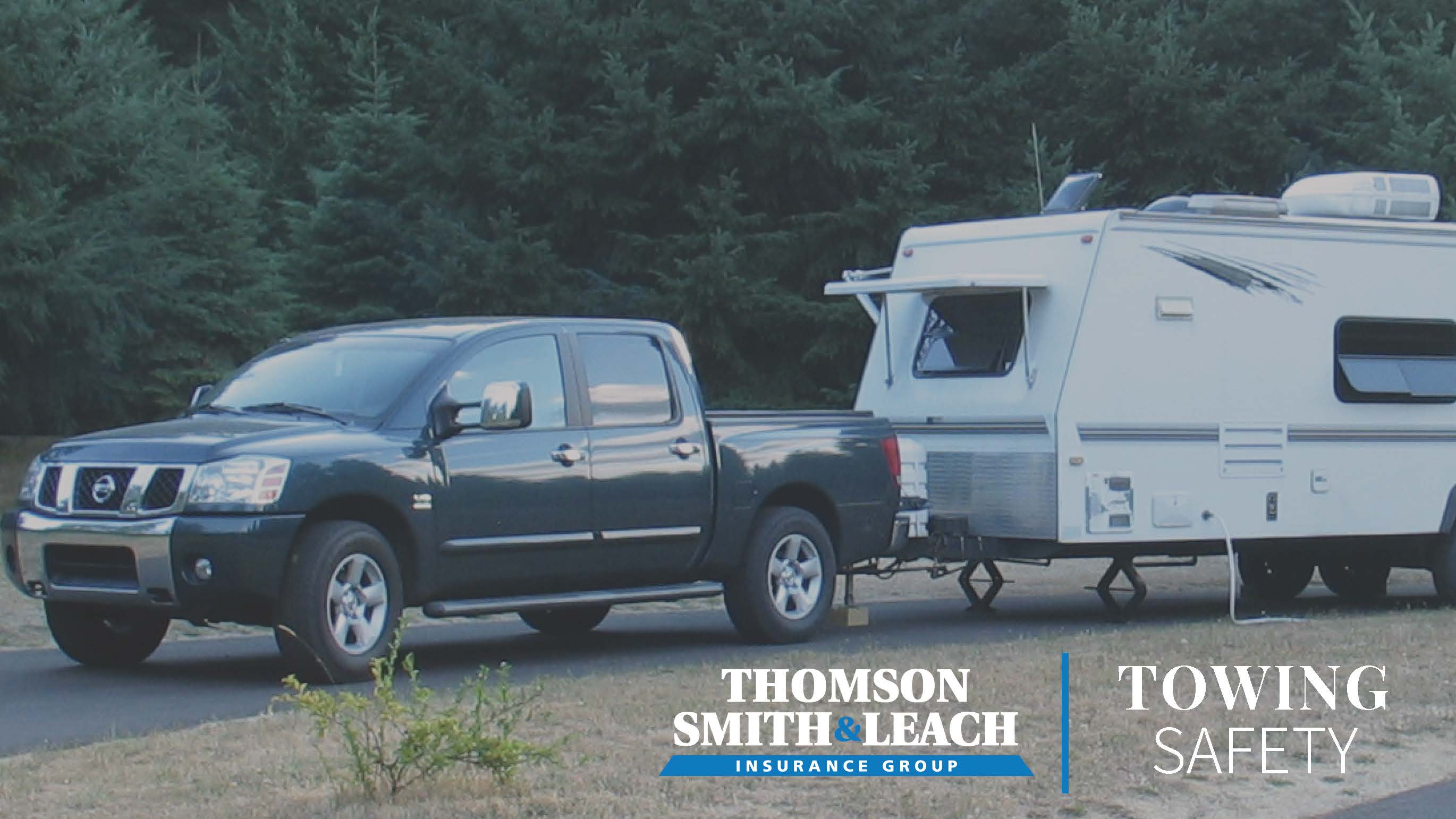
When towing anything behind your vehicle, whether it is big or small, it is important that your tow vehicle and trailer are safe and secure. There are a lot of pieces and parts that are involved in the towing process that adds extra liability to the driver, the passengers, and everyone else on the road. From proper weight distribution to correct ball mount sizes, it is important for you to understand how to safely tow in order to avoid any possible mistakes and vehicle damage.
8 Safety Checks to Ensure a Safe Tow
Check your engine.
Overworking your engine is the number one common mistake people make when towing. Towing more than what your vehicle can handle can cause a landslide of problems with your engine which may require a new transmission in the future. To avoid this issue, consistently check your pressure, temperature gauges, and exhaust gas temperature gauges
Proper weight distribution bars.
This is one thing that has to be done right or your bound to have problems. Without proper weight distribution, your ride will be a lot bumpier and your hitch and frame will be damaged. Tip: bigger is not better, a proper bar size will be parallel to the trailer’s frame. We suggest bars with chains that will accommodate various weights, strengths, and bumps.
Check your brakes.
Brakes are essential and almost always overlooked when it comes to safety. Trailer brakes are very different than your tow vehicle’s brakes. Trailer brakes need to be manually adjusted and checked before each tow. Just like your vehicle’s brakes, your trailer’s brakes are susceptible to wear and tear.
Balance your load.
Read your weight restrictions and don’t overdo it. A heavy and unbalanced load is an extra toll on your tow vehicle that will result in damage.
Correct ball mount.
There are three different types of balls that each have a different size and weight to them. Using the wrong size will put extra stress on your brakes and tires which will minimize your breaking ability. Multiple trailers calls for multiple mounts.
Don’t race while towing.
Slow and steady wins the race. Speeding up or slowing down will cause damage to your towing vehicle. Pick a steady speed that isn’t too fast or too slow and stay at that speed until you have arrived at your destination.
Check your tire pressure.
Maintaining the right tire pressure on both your tow vehicle’s wheels and trailer’s wheels will ensure balanced tire wear. Balanced tire wear will help prevent blow-outs from overheating. When tires aren’t in use, the pressure and quality reduce; so before you leave, always check and inspect your tires and tire’s pressure.
Lube your components.
Make sure that all axels and pivot points, where steel meets steel, are well-greased. This will help your tow vehicle and trailer go a long way.
After you have gone through this checklist and inspected your tow vehicle and trailer, you are good to “tow”!

Recent Comments